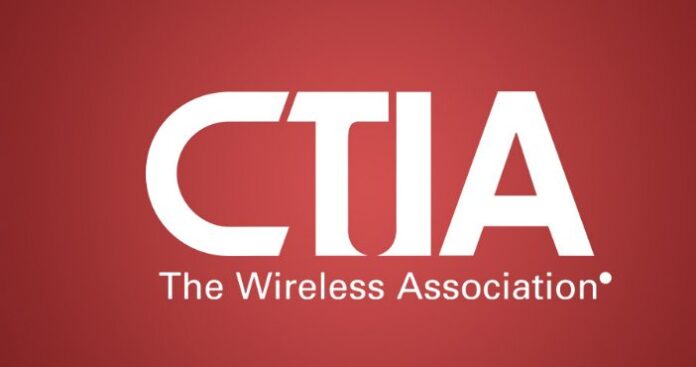U.S. wireless carriers are teaming up with manufacturers to create standards for smartphone software that can deter thieves by enabling remote deactivation of handsets. The new measure, announced today by wireless industry trade association CTIA, falls short of the mandatory “kill switch” that some members of Congress have encouraged the industry to adopt.
The Smartphone Anti-Theft Voluntary Commitment states that devices manufactured after July 2015 for sale in the United States will include access to “kill switch” software. The software can be pre-loaded onto the device, but it can also be available in the cloud for users to download if they choose to do so.
Members of Congress are urging CTIA to require the anti-theft software to be enabled by default on all devices. This would require the cooperation of the smartphone manufacturers. Most of the major handset makers are on board, but so far they have only committed to the voluntary initiative that leaves the choice with the consumer. Today CTIA said that the following manufacturers have signed the voluntary initiative: Apple, Samsung, Google, HTC, Huawei, Nokia, Motorola Mobility and Microsoft. (Microsoft does not make smartphones right now but it does manufacture tablets with LTE radios.)
Carriers who have joined the Smartphone Anti-Theft Voluntary Commitment include Verizon Wireless, AT&T Mobility, Sprint, T-Mobile US and U.S. Cellular. Together, these operators have more than 90% of the U.S. mobile population as subscribers.
The commitment signed by these carriers and manufacturers promises a smartphone anti-theft tool that will provide for the following:
1. Remote wipe the authorized user’s data (i.e., erase personal info that is added after purchase such as contacts, photos, emails, etc.) that is on the smartphone in the event it is lost or stolen.
2. Render the smartphone inoperable to an unauthorized user (e.g., locking the smartphone so it cannot be used without a password or PIN), except in accordance with FCC rules for 911 emergency communications, and if available, emergency numbers programmed by the authorized user (e.g., “phone home”).
3. Prevent reactivation without authorized user’s permission (including unauthorized factory reset attempts) to the extent technologically feasible (e.g., locking the smartphone as in 2 above).
4. Reverse the inoperability if the smartphone is recovered by the authorized user and restore user data on the smartphone to the extent feasible (e.g., restored from the cloud).
CTIA president and CEO Steve Largent noted that continued development of multiple anti-theft technologies is critical so that if hackers learn to exploit one technology, others will be available.
Follow me on Twitter.

